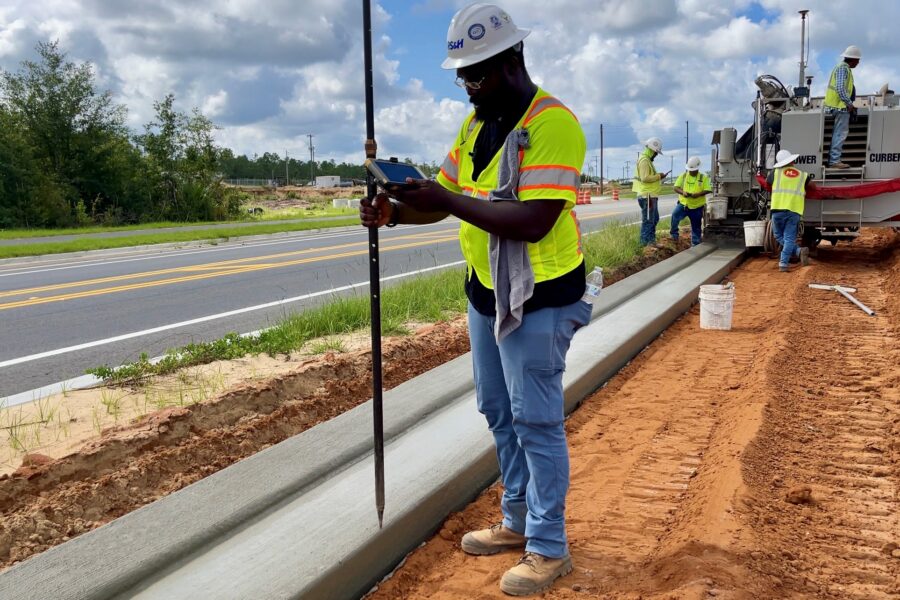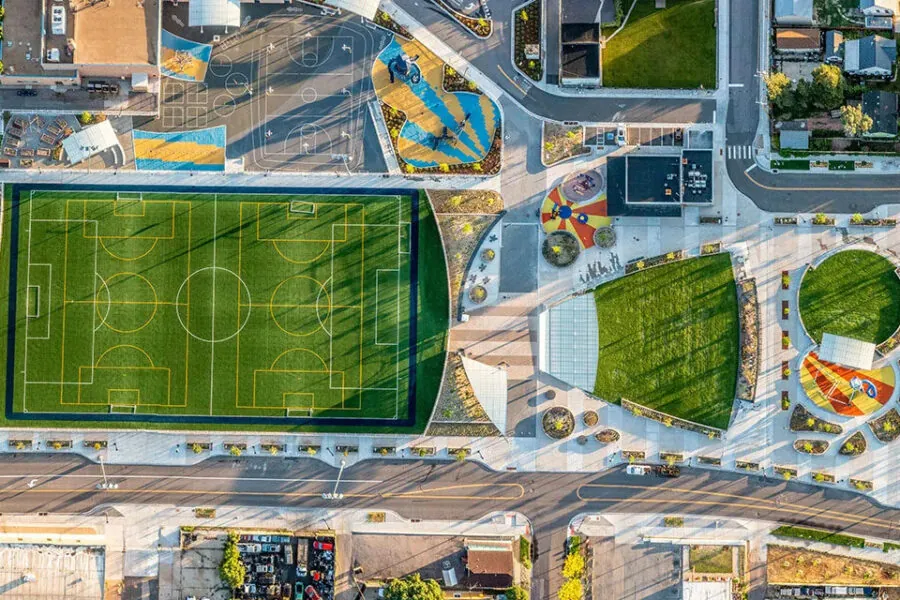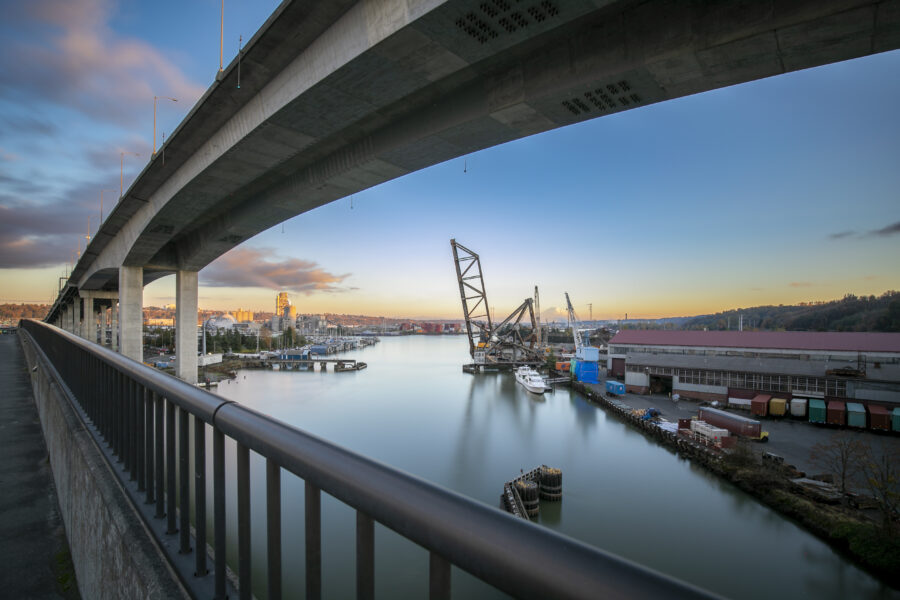The State of Design-Build: Continued Growth

As the use of design-build continues to increase, we are seeing more and more owners representing a variety of markets – from aerospace and aviation to healthcare, life sciences, and transportation – leverage this delivery model to advance their most important and time-sensitive projects.
Some of the prominent design-build projects in our home state of Florida include a new mobile launcher for NASA at Kennedy Space Center, expansion of Research Park for the University of South Florida Foundation, reconstruction of the Howard Frankland Bridge in Tampa, a consolidated rental car facility and automated people mover for the Tampa International Airport, and reconstruction of I-395 in Miami, which includes a new signature bridge structure.
In addition, the capital improvement programs for the Georgia, South Carolina, and North Carolina Departments of Transportation include significant design-build projects such as the Georgia 400, Carolina Crossroads, and Mid-Currituck Bridge projects, respectively.
There are several reasons for why design-build continues to grow as a method of project delivery. Here are a few.
Speed Leads to Increase in Design-Build
The increased needs for speed to market and cost and schedule certainty are driving more owners to use design-build and progressive design-build delivery systems. Both delivery methods offer owners the opportunity to engage designers and contractors early to develop infrastructure solutions on an accelerated schedule while meeting key performance requirements.
Examples of this growth can be seen in the aerospace, aviation and life sciences markets. In the aerospace market, public and private sector entities are not only racing to Mars but also competing to make cost-effective space travel available to the general public. In aviation, facility upgrades and expansions are on the critical path for many airlines and airports to keep pace with demand and stay one step ahead of the competition.
Private entities in the life sciences market are increasingly leveraging design-build delivery to develop flexible, adaptable design and construction solutions on accelerated schedules to meet growing demands for research and laboratory facilities.
Design-Build & P3 Opportunities
While the aerospace, aviation and life sciences markets experience growth, other markets such as transportation and water have experienced high levels of sustained design-build activity. In addition, public-private partnerships (P3), while typically led by developers, often utilize design-build teams.
P3s in Florida have included transportation projects like the I-4 Ultimate, higher education projects such as the FIU-Broward College West Academic Facility, and civic facilities such as the Boynton Beach Town Square, which includes a city hall, library, district energy plant, and police and fire facilities. JEA in Jacksonville is using a P3 approach to address biosolids and composting needs. In addition, the use of P3s is expected to increase in the higher education market following recent revisions to the Florida Board of Governors State University System P3 Guidelines.
A Fit for Many Project Types
Choosing a project delivery method is one of the critical decisions owners will make when developing their capital improvement program and requires careful consideration of scope of work, budget, schedule, and risk allocation.
Projects that are generally well-suited for design-build include most, if not all, of the following characteristics:
- Owner that desires innovative solutions, integrates the designer and contractor into the development process, and partners with the design-build team;
- Process that provides opportunity to achieve best value for funds invested, allocate project risks to the appropriate parties, and fast-track project components;
- Projects with complex features, opportunities for innovation, and defined performance requirements.
Although design-build offers significant opportunities for collaboration, innovation, and acceleration, it is not suited for every project. Projects that are generally not suited for design-build include prescriptive project scope and requirements with little to no opportunity for innovation or creativity, and an unbalanced allocation of project risks.
Large projects in excess of $1 billion have also become less attractive to design-build teams due to industry resource constraints and challenges, as well as unbalanced risk allocations and insurance limitations.
The Benefits of Design-Build Projects
Design-build delivery offers tremendous benefits when used by an experienced, knowledgeable owner and design-build team, and leveraged for complex projects with balanced risk allocation and opportunities for innovation.
Early partnering and collaboration between the owner and design-build team is absolutely critical to success and eliminates the traditional, linear way of delivering projects. It facilitates creative, new-box thinking, which often leads to enhanced project features, reduced cost, accelerated completion, and reduced waste.
There are very few, if any, drawbacks to using design-build delivery when the DBIA Design-Build Done Right best practices are applied from concept to completion. However, design-build success does not come without obstacles, such as:
- Closing the knowledge gap between the owner/owner’s consultants and the design-build team;
- Balancing risk between the owner and design-build team;
- Determining the optimal project size, as the increase of billion dollar projects are placing a heavy burden in terms of risks and resources on private sector companies.
- The influx of claims associated with the disconnect of design-build teams bidding preliminary design plans with 100-percent cost accuracy. This disconnect is quickly reaching a breaking point.
While design-build delivery offers tremendous benefits, the industry continues to explore new areas for improvement and growth, specifically related to risk allocation, claim avoidance and strengthened partnerships.
Learn more about our design-build capabilities.




